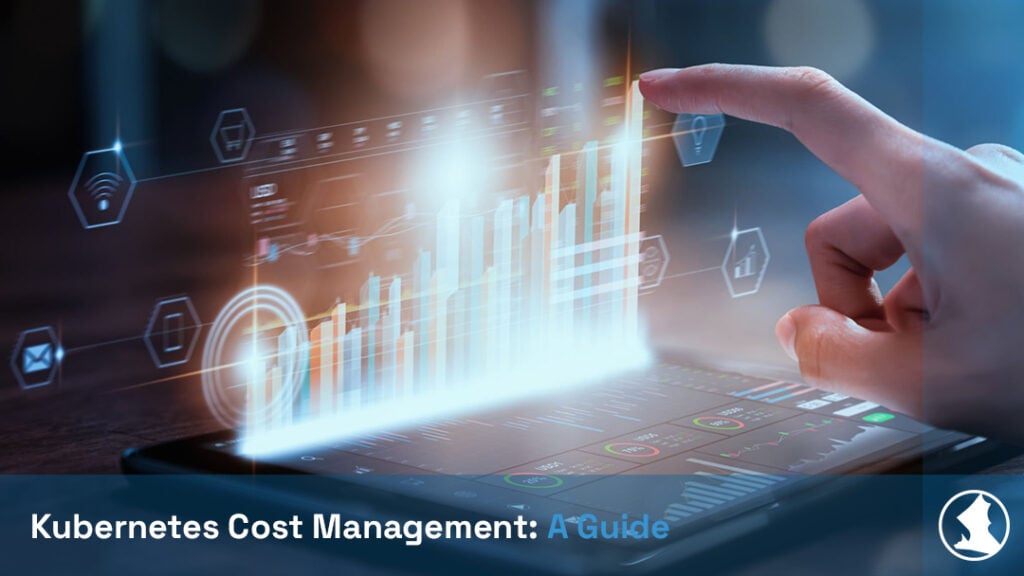
As Kubernetes (K8s) adoption approaches 100% in the enterprise cloud native community, the rate of K8s overprovisioning hovers around 30%. Global K8s spending topped $1.7 billion in 2021 and is expected to triple by 2028. Organizations are overpaying service providers half a billion dollars last year and will leave more on the table each year until IT teams refine their understanding of how to estimate K8s resource allocation.
Before the introduction of container technologies, resource and cost estimation in cloud environments was a relatively straightforward process. IT decision-makers earmarked resources for various teams and projects, mapping vendors onto projects. In most cases, this sufficed for financial operations to work out cost structures and implement budget controls. However, in a typical K8s environment, teams share clusters and services, in which dozens to hundreds of containers run different applications with highly variable resource needs. For increasingly distributed containerized architectures, traditional cloud cost management practices need a comprehensive overhauling.
5 Best Practices for Kubernetes and Container Cost Management
Here is a brief guide to K8s cost management current best practices.
1. Automate Cost Monitoring for the Right Metrics
Cloud service costs have become too complex to monitor manually. Implementing an automated monitoring tool – such as the open-source tool OpenCost – will free up IT labor and reduce overhead. Nevertheless, monitoring tools are only as valuable as the metrics they’re configured to track. For K8s environments, cost monitoring should track:
- Daily Spend: Monitoring daily spend against the budgeted monthly average per day will indicate incoming overages early and help identify unanticipated events that should factor into new monthly budgets.
- Cost of Provisioned CPUs Minus the Cost of Requested CPUs: Any regular gap between the number of provisioned CPUs and those actually requested indicates trimmable cloud waste.
- Allocation History: Tracking historical data helps organizations prepare more accurate budgets in longer cycles.
2. Autoscale with Managed Kubernetes Engine Tools
Managed Kubernetes, such as Google’s GKE, Amazon’s AKS, or Azure’s AKS, contains tools to autoscale cluster node pools – up or down – based on current workload demands. For example, here is more information on Google’s Horizontal Pod Scaler and Cluster Autoscaler or AWS’s Horizontal Pod Scaler. .
3. Set Resource Limits
To mitigate the risk of extreme overages, K8s contains configurable hard resource limits that will trigger automated responses such as throttling a container using too much CPU or wiping one entirely for using too much memory.
4. Monitor Storage Transfer Limitations
Every application has unique storage needs. Choosing machines with sufficient storage throughput for individual workloads is a critical opportunity for cost optimization.
5. Employ Multiple Availability Zones
Amazon Web Services contains a recommended feature called balance-similar-node-groups that allows users to scope node groups across multiple availability zones, increasing availability and reducing cost.
Monitor Kubernetes and Container at Runtime with Spyderbat
Modern distributed, containerized environments are challenging to manage, both in terms of cost and security. Spyderbat’s eBPF-enabled runtime security platform creates ground-level visibility into and across K8s environments and container activities, to understand actual resource use and consumption at runtime.
Spyderbat acts like your cloud native DVR, using kernel-level eBPF data to create step-by-step traces of every activity within and across your containerized environments. Armed with the ability to see both real-time and historic activities to their root cause gives your teams real understanding of the actual workload behaviors. Using Spyderbat,
- Spot and disable unnecessary Linux services contributing to your monthly costs
- Instantly identify the root cause of high load resources
- Automatically inventory new resource use as new features are introduced.
Schedule a personalized demo, contact Spyderbat here.